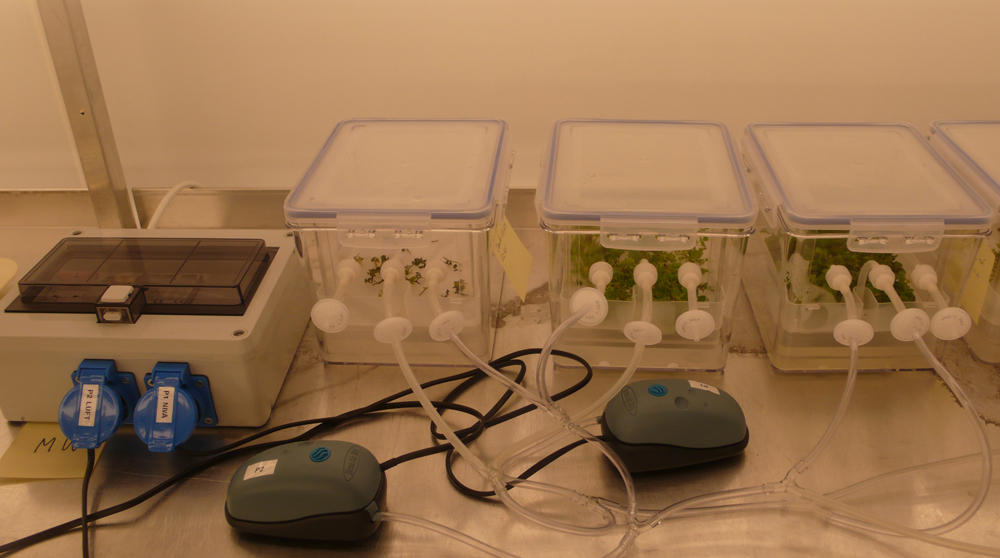




About Us
Tcpropagation Ltd establishment after Plant Technology Ltd which was established in 1988 in the Innovation Centre of University College, Dublin. It arose from biotechnological research being conducted in the Department of Horticulture by two of the company’s founders.
CONTACT US
Park Bree, Enniscorthy CO Wexford, Y21 P8X9, Ireland
ajsayegh@tcpropagation.com
ajsayegh@gmail.com
+353 92 47915
+353873113811
+353873113811
© Copyright 2021 - TC Propagation Ltd